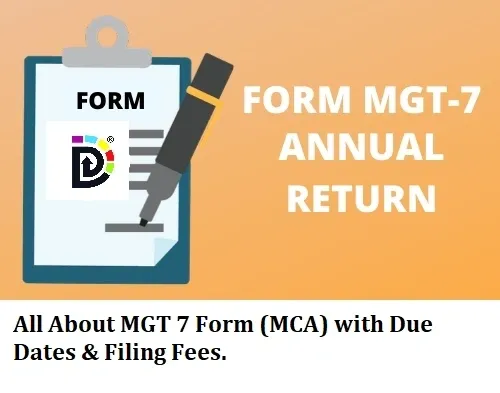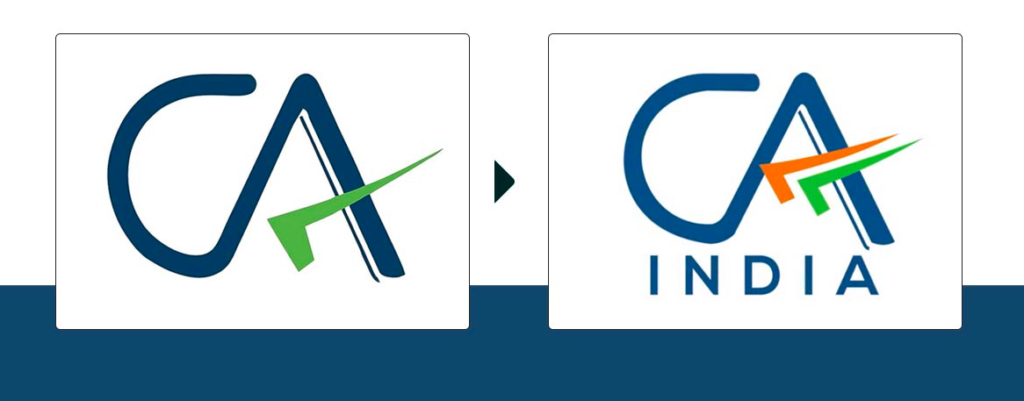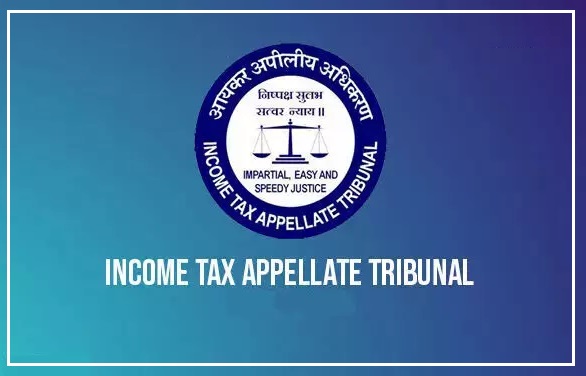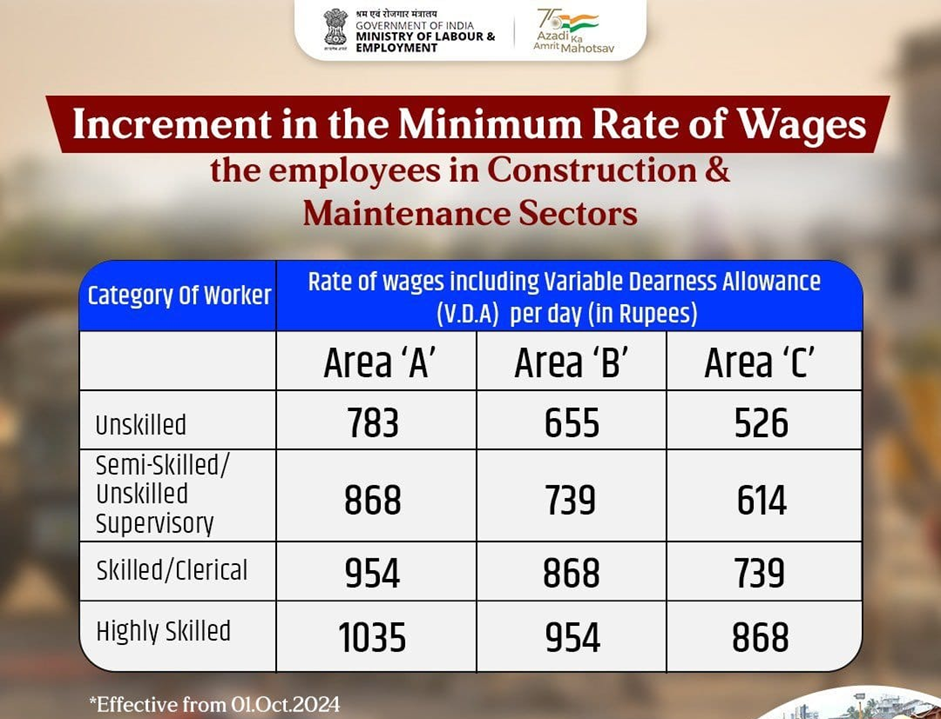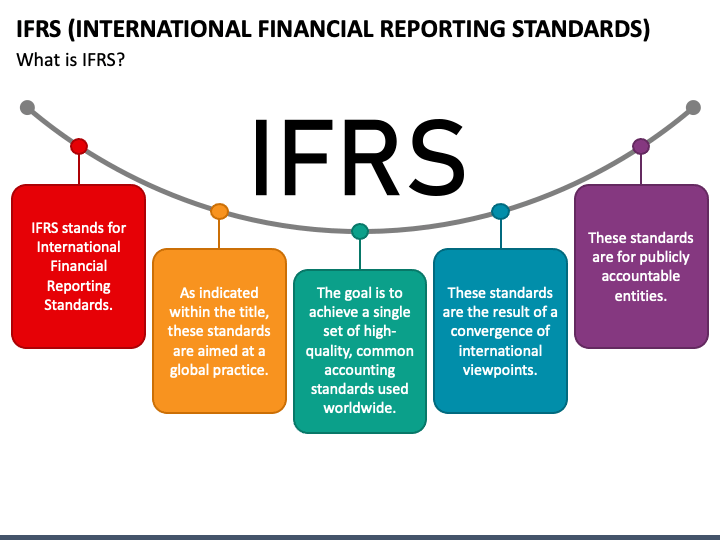GST Rates Applicable to Mobile Phones and Accessories with HSN Code [2025]

The Goods and Services Tax (GST) in India has introduced a streamlined tax system, affecting all industries, including the booming mobile phone and accessories market. Mobile devices and accessories are now more accessible to the public due to simplified tax rates, yet it’s crucial to understand these rates to ensure compliance. Below is an updated overview of GST rates for mobile phones and various accessories, along with a list and chart to clarify how each product is categorized and taxed.
The mobile phone market is booming globally, and taxation plays a significant role in pricing. In both Canada and India, Goods and Services Tax (GST) or its equivalent is applied on mobile phones and accessories. However, the structure, rate, and credit mechanism differ between the two countries.
Let’s dive into a side-by-side comparison.
🇨🇦 Canada – Mobile Phone & Accessories Taxation
In Canada, there is no uniform “GST” alone. Instead, provinces levy a combination of:
- Federal GST (5%)
- Provincial Sales Tax (PST) or Harmonized Sales Tax (HST) depending on the province.
Breakdown of Tax Rates by Province (Mobile Phones & Accessories):
Contents
| Province | Tax Type | Total Tax Rate |
|---|---|---|
| Alberta | GST only | 5% |
| Ontario | HST | 13% |
| British Columbia | GST + PST | 12% (5% + 7%) |
| Quebec | GST + QST | 14.975% |
| Nova Scotia | HST | 15% |
| Manitoba | GST + PST | 12% (5% + 7%) |
- Note: Tax applies both in-store and online.
- Accessories (headphones, chargers, cases, etc.) are taxed at the same rate.
Input Tax Credit (ITC):
Businesses can claim full input tax credits on GST/HST paid, if used for commercial/resale purposes.
Comparison Table: Canada vs India
| Criteria | Canada | India |
|---|---|---|
| Main Tax Type | GST/HST/PST | GST |
| Tax Rate on Mobile Phones | 5% to 15% depending on region | 12% |
| Tax on Accessories | 5% to 15% | 18% |
| Uniform Rate Across Country | ❌ No | ✅ Yes |
| Input Tax Credit (Business) | ✅ Available | ✅ Available |
| Applied on Imports | ✅ Yes | ✅ Yes |
| Applied on Online Sales | ✅ Yes | ✅ Ye |
Understanding GST on Mobile Phones and Accessories
Before diving into the specific rates, here’s a brief overview:
- GST on Mobile Phones: Since 2020, mobile phones have been subject to an 18% GST rate, reflecting the government’s goal of consistent revenue generation while making smartphones affordable for consumers.
- GST on Accessories: Accessories for mobile phones, such as batteries, chargers, earphones, and screen protectors, also have standardized rates, typically around 18%. However, some manufacturing components receive a lower tax rate of 12%.
Detailed GST Rates for Mobile Phones and Accessories (2025)
The chart below provides the latest 2025 GST rates for mobile phones and commonly used accessories, categorized by Harmonized System of Nomenclature (HSN) codes. HSN codes are essential for tax documentation, helping businesses and consumers identify specific goods.
| Product | HSN Code | GST Rate | Explanation |
|---|---|---|---|
| Mobile Phones | 8517 | 18% | All types of mobile phones, including smartphones and feature phones, fall under this category. |
| Lithium-ion Batteries | 8507 60 00 | 18% | Used widely in mobile devices, these rechargeable batteries also include phone and power bank batteries. |
| Power Banks | 8507 | 18% | Portable chargers or power banks, which are essential for mobile usage on the go, attract 18% GST. |
| Memory Cards | 8523 | 18% | Commonly used for storage expansion in mobile phones. |
| Speakers, Headphones, Earphones | 8518 | 18% | These audio accessories, including Bluetooth devices, are taxed at the standard 18% rate. |
| Plastic Screen Protectors | 3919 | 18% | Film-based screen protectors made from plastic are categorized here. |
| Tempered Glass Screen Protectors | 7007 | 18% | Glass screen protectors that offer higher protection fall under this specific GST rate. |
| Mobile Chargers | 8504 40 90 | 18% | Includes standard and fast chargers for mobile devices. |
| USB Cables and Connectors | 8544 | 18% | Charging and data cables are essential for connectivity and are taxed uniformly. |
| Parts for Manufacture of Telephones | 85 | 12% | Components used in manufacturing, encouraging local manufacturing with a reduced rate. |
Explanation of Key GST Rates
- Mobile Phones (18% GST):
All mobile phones, whether budget models or high-end smartphones are uniformly taxed at 18%. This policy standardizes the rate across models, ensuring consistent pricing across various phone categories. By avoiding separate rates for high-end vs. low-end phones, the government simplifies tax calculations. - Lithium-ion Batteries (18% GST):
As these batteries are pivotal to mobile functionality, they attract an 18% GST rate. This rate extends to batteries sold individually, not just those that come embedded within devices. - Power Banks (18% GST):
Power banks, now a mobile accessory staple, are taxed at 18%. This rate covers power banks of all capacities, including fast charging and wireless varieties. - Memory Cards (18% GST):
Memory cards, crucial for expanding mobile storage, also attract an 18% GST. This standard rate helps retailers offer competitive prices on various types of memory cards, from basic models to high-speed variants. - Speakers, Headphones, and Earphones (18% GST):
Mobile audio accessories, such as Bluetooth headphones, wired earphones, and speakers, fall under the 18% GST category. With these accessories becoming essential for mobile users, the rate remains standardized to simplify taxation. - Screen Protectors (Plastic and Tempered Glass – 18% GST):
Screen protectors, whether plastic or tempered glass, are widely used to prevent screen damage. Both types attract an 18% GST, making it easier for users to pick protection based on preference rather than tax-related price differences. - Mobile Chargers (18% GST):
With the rapid adoption of fast charging and wireless charging technology, the government applies an 18% GST across all charger types. This includes standard wired chargers, fast chargers, and wireless chargers, ensuring uniform pricing in the market. - USB Cables and Connectors (18% GST):
Essential for charging and data transfer, USB cables and connectors are taxed at 18%. This includes all types of cables, from basic models to high-speed variants like USB-C and Thunderbolt connectors. - Parts for Manufacture of Telephones (12% GST):
Components used in manufacturing mobile phones attract a lower GST rate of 12%. This lower rate encourages local manufacturing and aligns with the government’s “Make in India” initiative, reducing the dependency on imported mobile components.
| Item | GST Rate | Comments |
|---|---|---|
| Mobile Phones | 18% | Uniformly applied to all smartphones and feature phones. |
| Lithium-ion Batteries | 18% | Applies to standalone batteries and those sold with devices. |
| Power Banks | 18% | Portable chargers are taxed the same across types and capacities. |
| Memory Cards | 18% | Used for expanding storage in phones, tablets, and more. |
| Speakers, Headphones, Earphones | 18% | Includes Bluetooth, wired, and wireless variants. |
| Screen Protectors (Plastic & Glass) | 18% | Both plastic film and tempered glass protectors fall under the same rate. |
| Mobile Chargers | 18% | Includes standard and fast chargers as well as wireless types. |
| USB Cables and Connectors | 18% | All types, including high-speed and standard, are uniformly taxed. |
| Parts for Manufacture of Telephones | 12% | Encourages local manufacturing by lowering the tax rate on essential components. |
How These GST Rates Benefit Consumers and Retailers
With standardized GST rates, consumers benefit from greater price transparency across various mobile phone brands and accessories. Retailers also enjoy simplified tax calculations and reporting, reducing administrative overhead and costs. Lower tax rates on manufacturing parts foster growth in the local mobile industry, aligning with India’s goal of becoming a global mobile manufacturing hub.
Conclusion
The GST structure for mobile phones and accessories in 2025 continues to prioritize simplicity and uniformity. With most items taxed at 18% and manufacturing components at a reduced rate, the government’s approach supports both consumer affordability and local industry growth. Keeping updated with these rates can help both consumers and businesses make informed purchasing and tax decisions.


